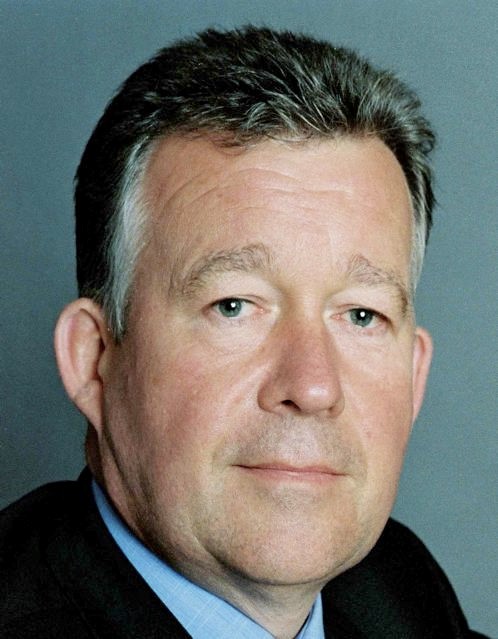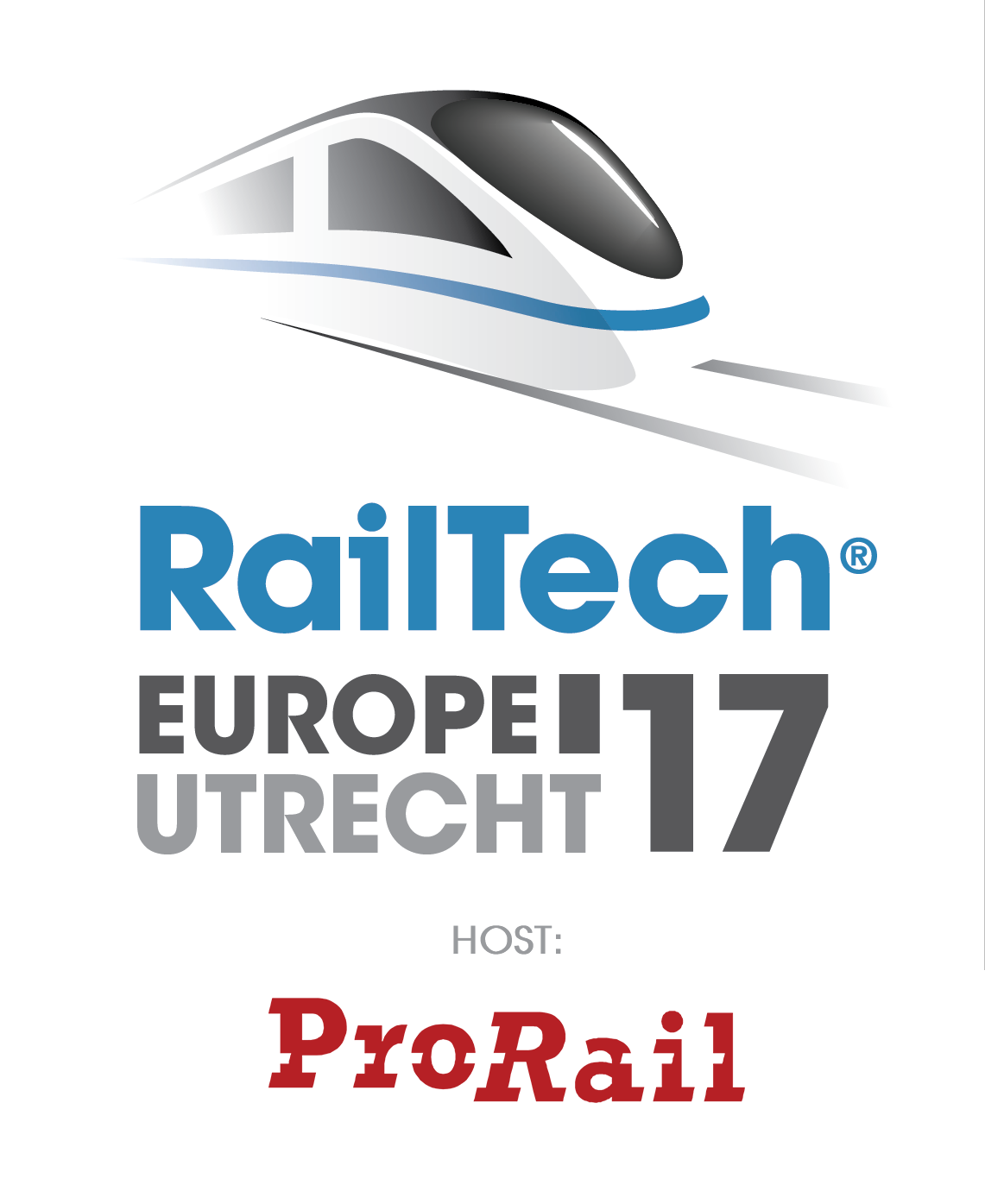 Abstract
Abstract
Alain Jeanmaire
SNCFRéseau
Presentation title:
Fostering the digital continuity in railway projects
Summary:
Innovation, Digital, Disruption, BIM, PLM, ATS,… all projects in railway industry imply more and more collaborative processes, within our companies and with partners. As in all other industries, business efficiency will require standardization to share functional concepts, libraries of components, … and exchange data in our day-to-day processes.
This presentation will introduce the challenge and context, and focus on RailTopoModel-railML project, the initiative supported by more than 15 European Infrastructure Managers and manufacturers, for standardization of Network functional life cycle and operation.
Full abstract:
Railway transportation is facing a major challenge with respect to competition with other means of transportation, and global efficiency.
As for other industries in the last 30 years, mainly due to competition, railway industry has to go for a major transformation. The transformation will not only affect its technologies, but also its business processes.
One major leverage for this transformation is collaboration. Collaborative work, within companies, and even more with partners, was not natural in the railway sector.
As is the case with any complex collaborative project or process, a major challenge consists in sharing a common language, defining a standard addressing semantics (accurate description of business objects) and data exchange.
Compared to mechanical industries (aerospace, automotive…), railway network management adds complexity resulting from topology and geography. Topology (routes) is the core concept for capacity management and traffic control, served by infrastructure and signalling that are the main objects for engineering and maintenance. Works planning and capacity management are the associated, and closely linked, business concerns.
The BIM (Building Information Modelling) approach to the Railway Infrastructure life cycle is a major step towards standardization, mainly serving design and construction phases, and consequentially maintenance and renewal works. Above all, the link between all phases, the glue between stakeholders of the whole network life cycle is provided by the functional description of the railway system, and ensured by seamless data exchange between business partners.
The RailTopoModel and railML.org project aims at providing such standard. Launched in 2002, and extended in 2013 by UIC and its Members, it now involves more than 15 IMs and manufacturers. The project published in April 2016 the first version for the foundation of this standard (UIC IRS 30100:2016 – see also www.railtopomodel.org).
In our presentation we will further examine the challenge, and detail some use cases where common language and standard for data exchange are vital. A focus on specificities of the railway system will introduce the complexity of designing a common, “one fits all” language. An overview of RailTopoModel features, answering the business challenges, will be provided. Upcoming deliveries and the current roadmap for both railTopoModel and railML® format will close the presentation.
Biography
Alain Jeanmaire was CIO in Industry, retail an e-commerce, focusing on transformation of those domains for more than 20 years. He is now working with SNCF Réseau to streamline business processes, inside the company and in collaboration with partners. He has been co-leading the RailTopoModel project for the last 4 years
The RailTech Europe 2017 Conference will explore the following three themes:
- Day 1 – 28 March 2017: European Railway Traffic Management System (ERTMS)
- Day 2 – 29 March 2017: Digitalisation in Railways
- Day 3 – 30 March 2017: Maintenance of Rail Infrastructure
